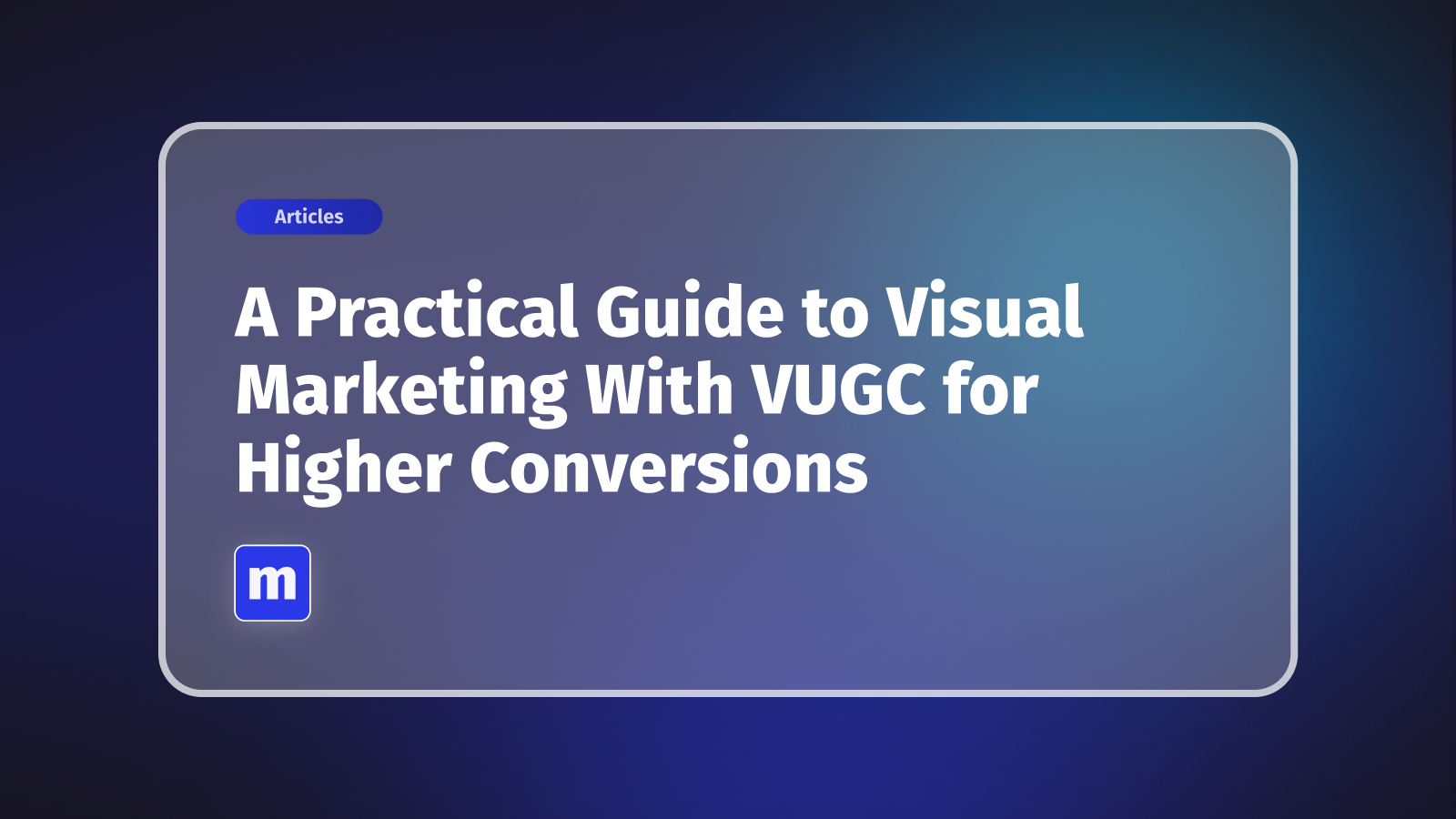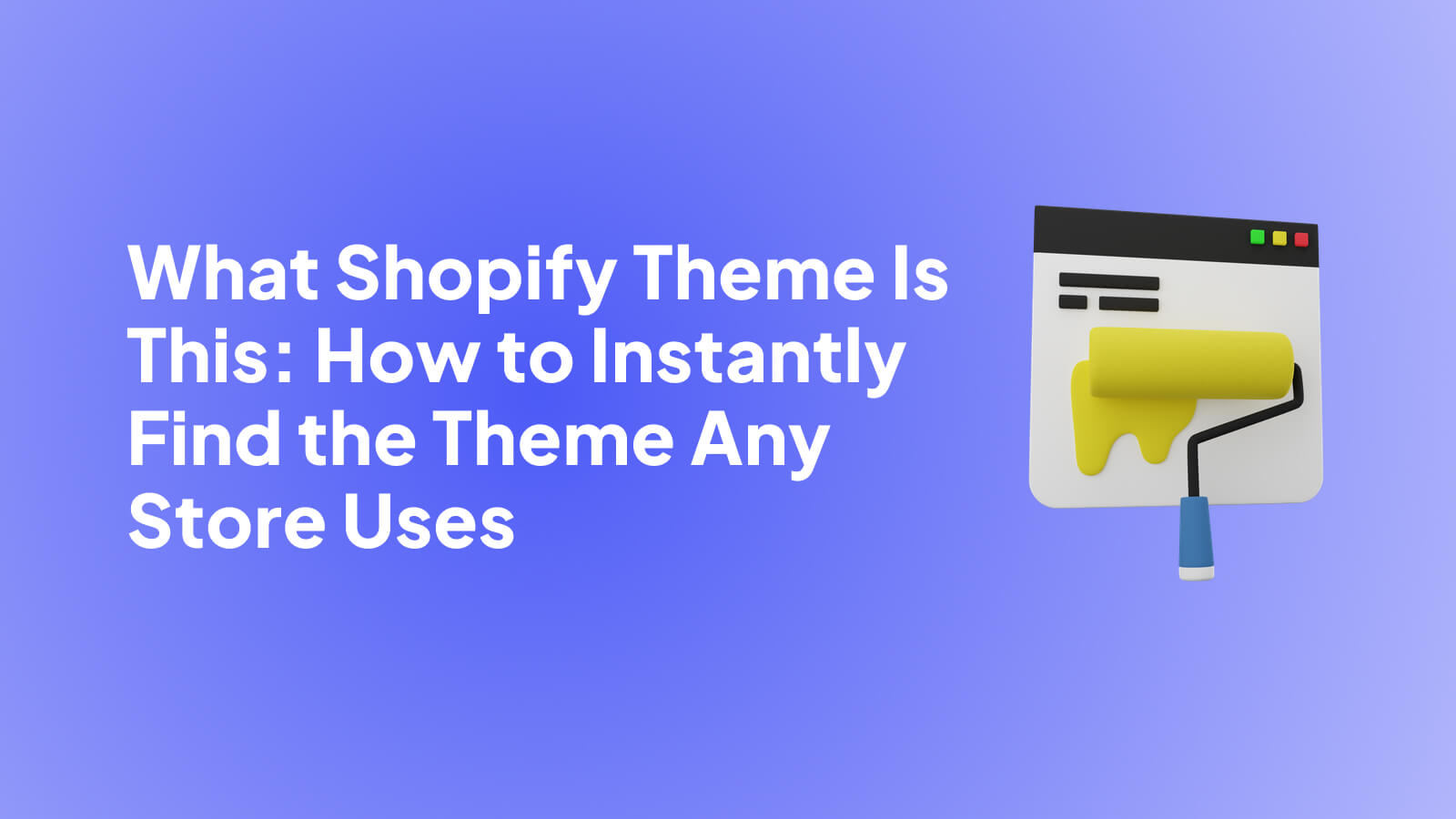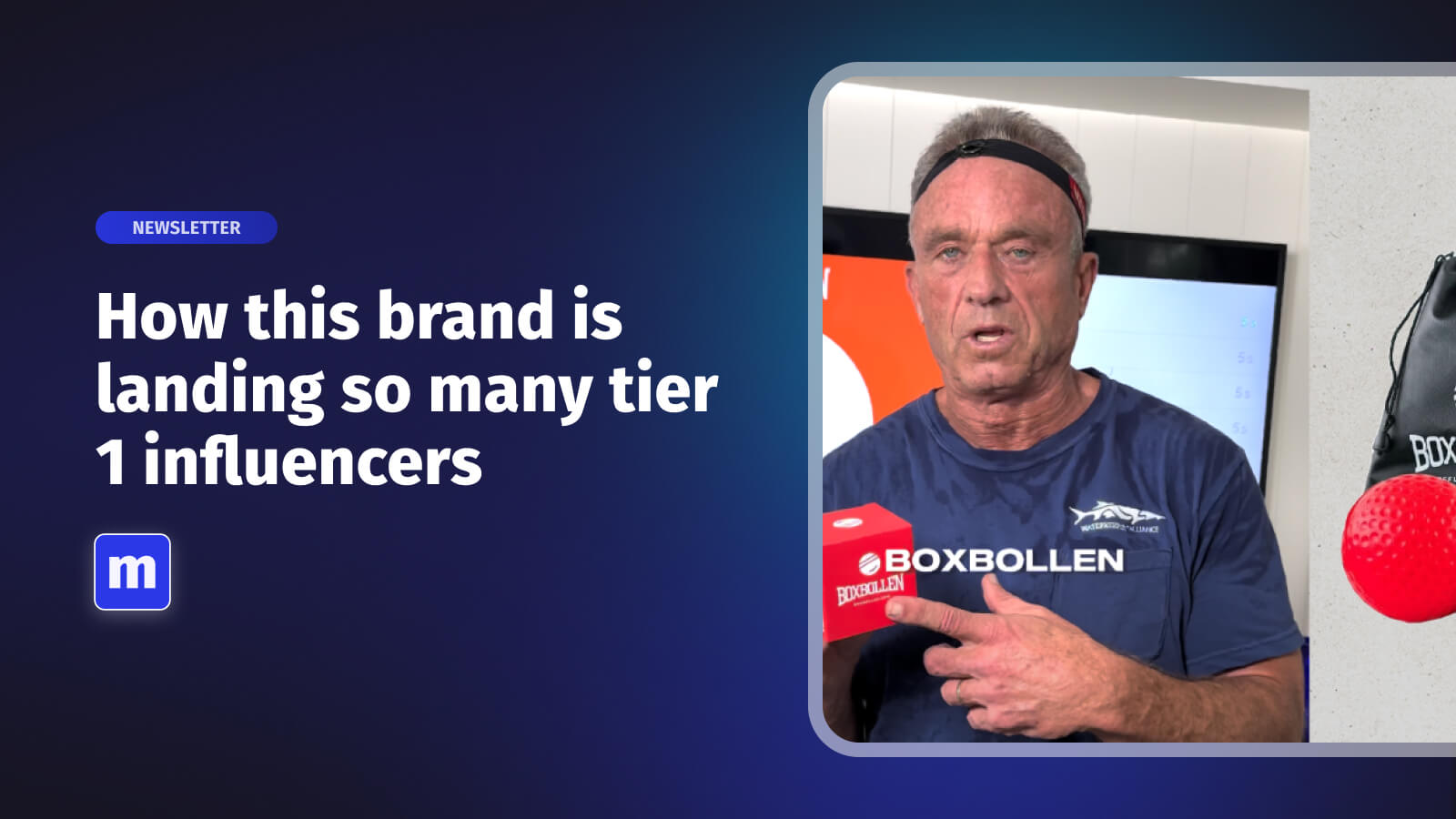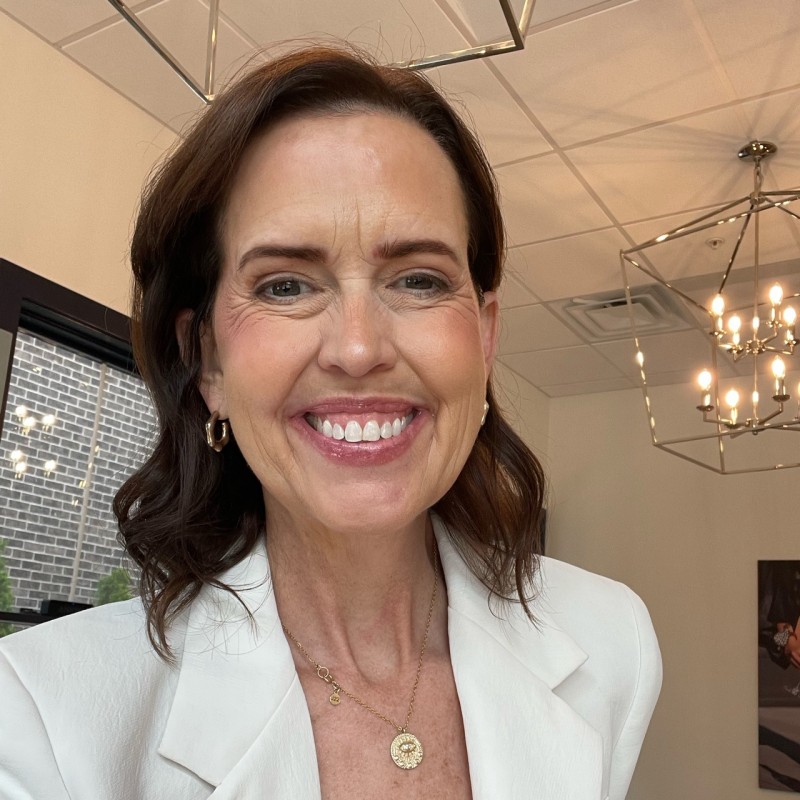.jpg)
This blog explores ten standout marketing campaigns that masterfully utilized UGC to promote their products and services. Each campaign demonstrates how brands can engage their customers as active participants in their marketing narratives, turning everyday users into brand ambassadors, customers, and content creators.
From Starbucks’ creative cup designs to Airbnb’s authentic travel stories, these examples provide a roadmap for companies looking to harness the power of UGC. Understanding these strategies offers valuable insights into creating compelling, community-driven marketing campaigns that resonate with audiences and drive business success. Here at Moast, we have studied the most popular, successful UGC integration strategies in order to best help our clients increase the effectiveness of their sales and marketing strategies. Reach out to us to see how we can help your brand!
1. Starbucks: White Cup Contest

In 2014, Starbucks launched the "White Cup Contest," a clever marketing campaign that invited customers to unleash their creativity directly onto their coffee cups. The premise was simple yet effective: customers were encouraged to doodle their own designs on Starbucks' iconic white cups and submit photos of their artwork on social media using the hashtag #WhiteCupContest. The winning design would be used as a template for a new limited edition Starbucks cup.
This campaign was a masterclass in user-generated content (UGC), engaging customers by making them active participants in the brand’s aesthetic and product lineup. It capitalized on the dual trends of personal expression and public sharing enabled by social media platforms. Participants not only got the chance to showcase their creativity but also engaged with a wider community of Starbucks enthusiasts, fostering a sense of connection and belonging.
The White Cup Contest demonstrated the power of UGC in transforming standard consumers into brand ambassadors. As these customers shared their unique designs online, Starbucks gained significant exposure, with the campaign generating extensive media coverage and social media buzz. This approach not only enhanced brand visibility but also deepened customer loyalty, proving that involving customers in the creation process can lead to powerful marketing outcomes.
2. Coca-Cola: Share a Coke Campaign

Launched initially in Australia in 2011 and subsequently rolled out globally, Coca-Cola’s “Share a Coke” campaign stands as a quintessential example of leveraging user-generated content (UGC) to amplify a marketing message. The campaign replaced the iconic Coca-Cola logo on bottles with 250 of the most popular names in each country where it was launched. Consumers were encouraged to find bottles with names that held personal significance to them, share them with friends or family, and post images on social media using the hashtag #ShareACoke.
This personalized approach transformed the traditional product into a personalized storytelling platform. By inviting consumers to find and share bottles, Coca-Cola turned each soda can or bottle into a mini billboard for the brand. The simple act of sharing a Coke bearing a personal name created authentic moments that consumers were eager to share online. This not only increased brand visibility across multiple social media platforms but also deepened emotional connections with the brand.
The success of the campaign was evident in the overwhelming flood of personalized bottle pictures and stories shared across social media, significantly boosting Coca-Cola’s online engagement. The “Share a Coke” campaign showcased how a well-executed UGC strategy can transform a global brand into a personal part of consumers' lives.

3. Airbnb: Community Feature

Airbnb’s “Community Feature” is a strategic marketing initiative that brilliantly utilizes user-generated content (UGC) to showcase the diverse and unique experiences available through Airbnb listings. This feature encourages hosts and guests to share their stories, photos, and videos that highlight their unique accommodations and local experiences, emphasizing the personal touch that Airbnb offers compared to traditional hotel stays.
The core of this campaign is to build a sense of community and authenticity around the Airbnb brand. By sharing real experiences from real users, Airbnb not only displays the unique offerings available on its platform but also builds trust and credibility among potential customers. These personal stories and testimonials are featured on Airbnb’s website and social media, creating a rich tapestry of human experiences that resonate with a wide audience.
This UGC approach helps prospective guests envision themselves in those experiences, which boosts engagement and conversion rates. The content generated by this community feature serves as a powerful promotional tool, as it is perceived as more genuine and relatable compared to standard marketing materials. It also provides Airbnb with a continuous stream of fresh, compelling content that keeps the platform vibrant and appealing.
4. Spotify: Wrapped

Spotify’s "Wrapped" campaign has become an annual phenomenon, turning user listening habits into personalized year-end reviews that users eagerly anticipate and share. Launched in the early 2010s, "Wrapped" provides Spotify users with custom stats and insights about their top songs, artists, and genres over the past year. The campaign cleverly utilizes user-generated content (UGC) by encouraging users to share these personalized "Wrapped" graphics on their social media platforms.
Each year, as the campaign rolls out, social media feeds worldwide are flooded with colorful, engaging "Wrapped" posts. This virality serves as a powerful marketing tool for Spotify, effectively turning every user’s music summary into a personalized advertisement for the service. It not only demonstrates the platform's value in curating personalized music experiences but also taps into the social media trend of sharing personal insights and milestones.
The success of "Wrapped" lies in its inherently shareable and visually appealing design, making it easy for users to boast about their unique music taste. This not only increases user engagement and retention by celebrating user activity but also attracts new users intrigued by the highly personalized and interactive experience that Spotify offers.
5. Doritos: Crash the Super Bowl Campaign

Doritos’ “Crash the Super Bowl” campaign is a standout example of using user-generated content (UGC) for innovative marketing. Launched in 2006, this annual contest invited consumers to create their own Doritos commercials, with the promise of airing the best entries during the Super Bowl—one of the most watched events on American television. The winners also competed for substantial cash prizes and professional opportunities, such as collaborating with top filmmakers.
The campaign transformed ordinary customers into content creators and directors, with their works directly contributing to the brand’s image. This initiative not only generated a plethora of creative commercials but also fostered a deep sense of involvement among Doritos' customers, making them active participants in the brand’s marketing strategy. Participants shared their entries widely on social media to gather votes, effectively turning each submission into a mini-campaign for Doritos, multiplying the brand’s visibility exponentially.
The "Crash the Super Bowl" contest exemplified the power of UGC in creating buzz and excitement around a brand. It democratized advertising content creation and tapped into the viral potential of social media, with some entries becoming cultural touchstones. The campaign successfully engaged audiences, enhancing both brand loyalty and awareness, and set a high standard for interactive marketing campaigns.

6. Apple: Shot on iPhone Campaign

Apple's "Shot on iPhone" campaign is a prime example of leveraging user-generated content (UGC) to demonstrate product quality and engage customers on a global scale. Launched in 2015, the campaign features stunning photographs and videos taken by iPhone users, showcasing the capabilities of the iPhone camera. Apple selects the most visually striking user submissions and features them in billboards, television commercials, and digital marketing channels worldwide.
The brilliance of the "Shot on iPhone" campaign lies in its authenticity and relatability. By using real photos and videos from everyday iPhone users, Apple effectively communicates the high-quality camera features to potential customers through direct evidence of what the product can achieve in the hands of regular people. This approach not only highlights the technological prowess of the iPhone but also celebrates the creativity of its user base.
The campaign also encourages a continuous stream of UGC submissions by creating a hashtag for users to share their best iPhone shots on social media platforms. This ongoing interaction fosters a vibrant community of Apple users and enthusiasts who are excited to see their personal work potentially highlighted in a major global marketing campaign. "Shot on iPhone" not only promotes the product but also empowers users by elevating their content to a professional platform.
7. Fenty Beauty: #FentyFace

Fenty Beauty revolutionized the beauty industry with its launch in 2017, and its "#FentyFace" campaign is a perfect example of how the brand uses user-generated content (UGC) to amplify its reach and impact. "#FentyFace" encourages customers to share their makeup looks using Fenty Beauty products on social media with the hashtag. This strategy not only showcases the versatility of the products but also highlights the brand's commitment to inclusivity, featuring a diverse range of skin tones and personal styles.
The campaign leverages the power of UGC by turning customers into brand ambassadors. Every shared photo or video serves as a personal endorsement and review, which is invaluable for makeup products where texture, color match, and finish are best demonstrated on actual users. By reposting selected UGC on its official channels, Fenty Beauty not only validates the customer's creativity and effort but also enhances trust and loyalty among the brand’s followers.
Furthermore, "#FentyFace" creates a community around Fenty Beauty products, fostering a sense of belonging among users. It effectively transforms individual experiences with Fenty Beauty into a shared, public dialogue, driving both engagement and sales. This approach has helped maintain the brand’s visibility and relevance in a highly competitive market.
8. Lay’s: #DoUsAFlavour

Lay’s "#DoUsAFlavour" campaign is an innovative example of using user-generated content (UGC) to drive engagement and product innovation. Launched in multiple countries, this campaign invites customers to submit their own ideas for new potato chip flavors. Participants are encouraged to suggest flavor names, ingredients, and even create a backstory for their flavors, engaging them creatively in the product development process.
This UGC campaign taps into the creativity of Lay’s diverse consumer base, allowing them to feel a part of the brand’s creative process. It not only generates a wide array of flavor ideas but also creates a buzz on social media as participants share their submissions and encourage friends and family to vote for their ideas. The most popular flavors are then actually produced and sold in stores, and the creators often receive a portion of the profits or a cash prize, adding a tangible incentive to participate.
By integrating customer feedback directly into product development, Lay’s effectively utilizes UGC to create a sense of ownership and loyalty among its customers. The "#DoUsAFlavour" campaign also provides valuable market insights into consumer preferences and trends, which can guide future product developments. This approach not only boosts engagement but also directly impacts sales by creating highly anticipated, limited-edition flavor releases that drive consumers to stores.

Conclusion
The power of user-generated content in marketing is unmistakable, as demonstrated by the diverse and successful campaigns we've explored. These brands, from Starbucks to Lay’s, have not only promoted their products but have also cultivated vibrant communities by placing their customers at the heart of their marketing narratives. This approach not only boosts authenticity but also enhances brand loyalty, demonstrating that UGC is more than just a marketing tool—it's a bridge connecting brands with their audiences on a personal level. For companies looking to implement or improve their own UGC strategies, the key takeaway is clear: empower your customers to share their experiences. By doing so, you transform them into brand advocates and storytellers who can amplify your message far beyond traditional advertising. As we move forward in the digital age, embracing UGC will undoubtedly remain a pivotal element in crafting meaningful and impactful marketing campaigns.
Related content
Turn your social content into a revenue channel
Turn your TikToks and Reels into shoppable videos and boost conversions by 3.5x.













